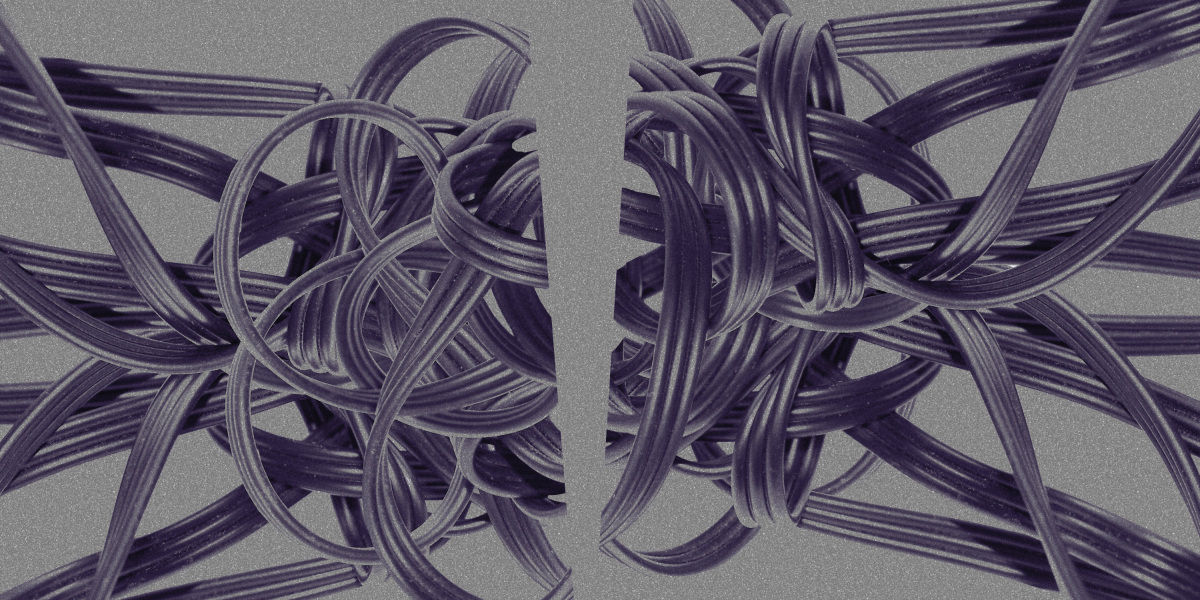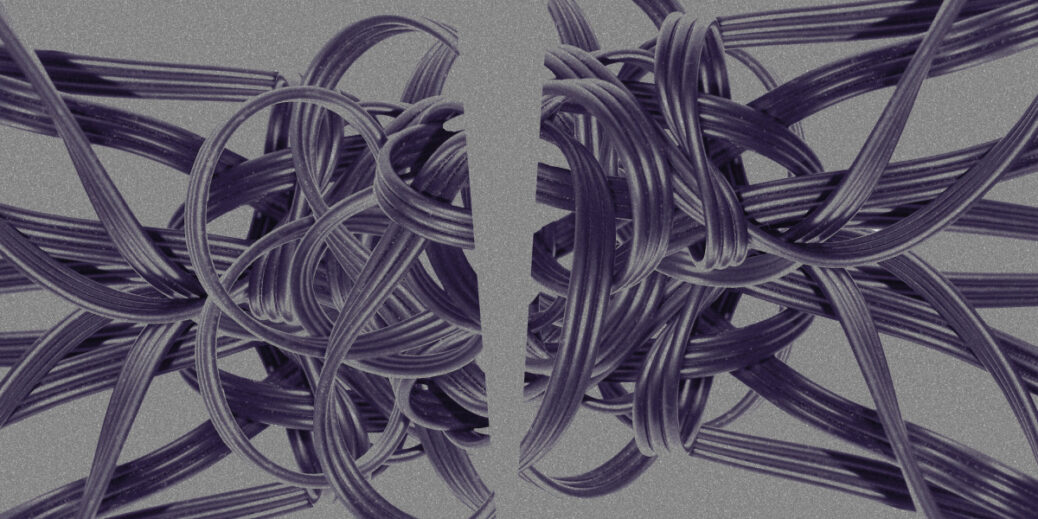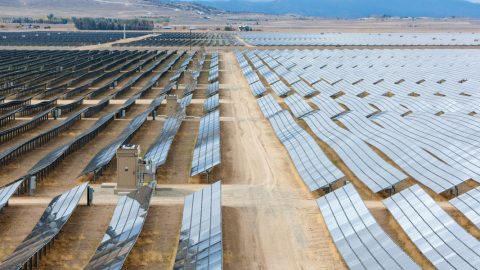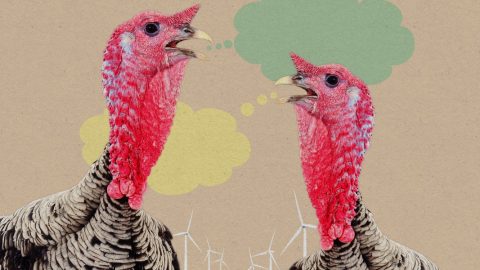
He criticized the “culpably extravagant” waste of nonrenewable nitrogen resources. To those who looked myopically only at recent years of the harvest, which had been quite sufficient, he pointed out that those years had been unusually fruitful, which masked the problem. The bounty of the recent past was no guarantee of prosperity in the future.
In a sense, Crookes was an “alarmist.” His purpose was to draw attention to a problem caused by progress and growth. He sought to open the eyes of the complacent. He began by saying that “England and all civilized nations stand in deadly peril,” variously referring to “a colossal problem” of “urgent importance,” an “impending catastrophe,” and “a life-and-death question for generations to come.” To those who would call him alarmist, he insisted that his message was “founded on stubborn facts.”
Crookes caused a sensation, and many critics spoke against his message. They pointed out that wheat wasn’t the only food, that people would moderate consumption of it if necessary, and that land for wheat could be taken from what was used for meat and dairy production, especially as prices rose. They said that he underestimated the opportunities for American farmers to supply food to other nations, by better adapting their methods to the soil and climate so as to increase production.
Writing in Nature in 1899, one R. Giffen compared Crookes to Thomas Malthus, and to others who had predicted shortages of various natural resources—such as Eduard Suess, who had said that gold would run out, and William Stanley Jevons, who warned about Peak Coal. Giffen’s tone is weary as he notes that “there has been much experience of these discussions since the time of Malthus.” Every time, he explains, we’ve been unable to make precise forecasts because the anticipated limits to growth are too far in the future, or we know too little about their causes.
But Crookes had always intended his remarks to take “the form of a warning rather than of a prophecy.” In the speech, he said:
“It is the chemist who must come to the rescue … Before we are in the grip of actual dearth the chemist will step in and postpone the day of famine to so distant a period that we and our sons and grandsons may legitimately live without undue solicitude for the future.”
Crookes’s plan was to tap a virtually unlimited source of nitrogen: the atmosphere. Plants can’t use atmospheric nitrogen directly; instead, they use other nitrogen-containing compounds, which in nature are manufactured from atmospheric nitrogen by certain bacteria, a process called fixation. Crookes said that the artificial fixation of atmospheric nitrogen was “one of the great discoveries awaiting the ingenuity of chemists,” and he was optimistic that it could happen soon, calling it “a question of the not-far-distant future.”
He devoted a significant part of his speech to exploring this solution. He pointed out that nitrogen can be burned at sufficiently high temperatures to create nitrate compounds, and that this can be done using electricity. He even estimated practical details, such as the cost of the nitrates produced this way, which was competitive at market rates, and whether the process could be scaled up to industrial levels: the new hydroelectric plant at Niagara Falls, he concluded, would alone provide all the electricity needed to make up the gap he had forecast.
Crookes knew that synthetic fertilizer wasn’t a permanent solution, but he was satisfied that when the problem reappeared in the distant future, his successors would be able to deal with it. His alarmism was not a philosophical position, but a contingent one. Once the facts of the situation were changed by the invention of suitable technology, he was happy to call off the alarm.
Was Crookes correct? By 1931, the year he had said we could run out of food, it was clear that his predictions had not been perfect. The harvest had increased, but not because crop yields greatly improved. Instead, acreage had actually increased, to a degree Crookes had thought impossible. This happened in part because of improvements in mechanization, including the gas tractor. Mechanization drove down labor costs, which made marginally yielding lands profitable. As often happens, a solution came from an unexpected direction, invalidating the assumptions of forecasters both optimistic and pessimistic.
But if Crookes was not correct in his detailed predictions, he was correct in essence. His two key points were accurate: one, that food in general and yields in particular were problems that would have to be reckoned with in the next generation or so; two, that synthetic fertilizer from the fixation of atmospheric nitrogen would be a key aspect of the solution.







Recent Comments